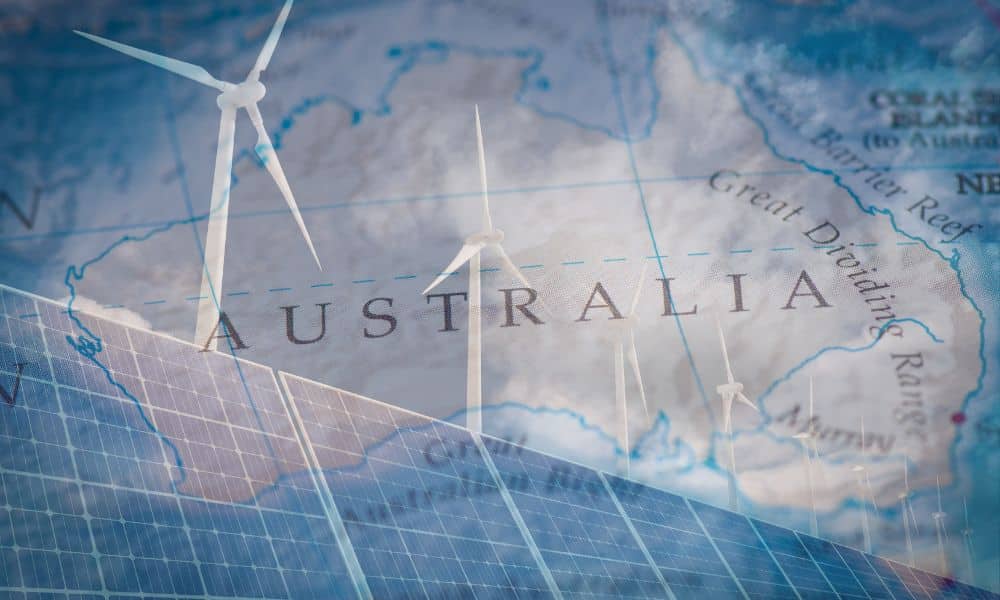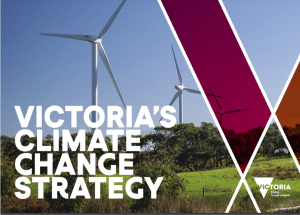Let’s not beat around the bush; Australia is NOT on track to meet its ambitious nationwide target of 82% renewable energy by 2030.
2030 might sound like it’s in the distant future but it’s a mere 6 years away. Our current renewable production from solar, wind, and hydro sits at around 30 to 35 per cent [1][2]. There are several factors at play as to why we are unlikely to achieve it, on our current trajectory, by 2030.
1980 is calling – it wants its power lines back
The simple reality of boosting our energy network with renewables is that our current infrastructure cannot handle the increased volume. Australia is in desperate need of high-voltage power lines. The $20 billion federal Rewiring the Nation Scheme is not on track to deliver.
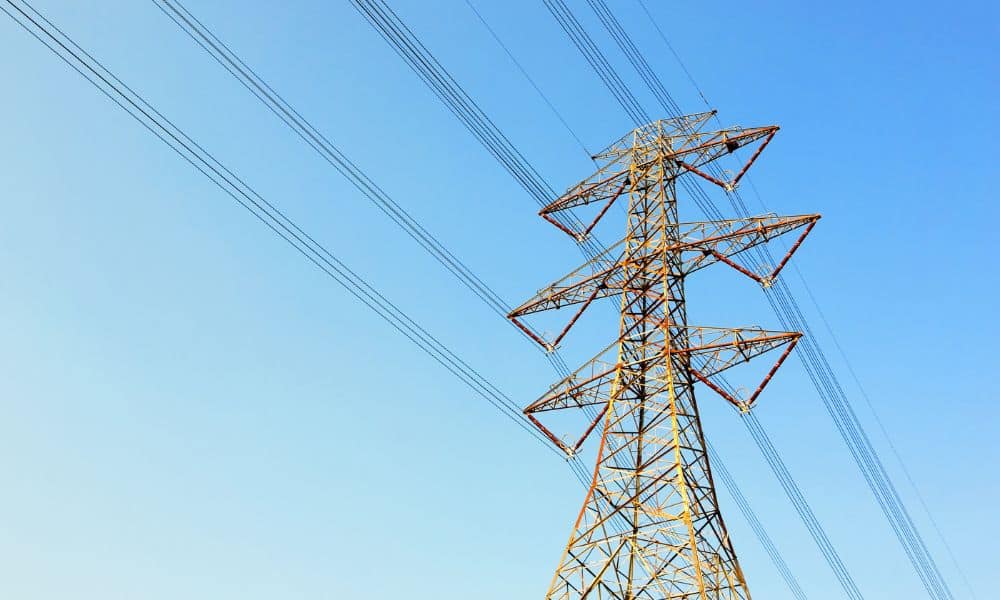
The issue is not so much with money but with the snail-paced approval process for new transmission lines. We also lack the battery storage required to replace coal-fired power stations and support the network. While new projects are in the works for offshore wind farms and large-scale solar farms, Australia does not have the infrastructure to support or deliver the transition.
Recent reports from Nexa Advisory and Rystad Energy [3] have found that we are likely to land at 60% renewable energy by 2030.
What can be done to realistically achieve our 2030 target?
While not unachievable, the road to 82% renewable energy by 2030 is steep and challenging. We’ll look at a few measures that might deliver the target on schedule.
Policy, policy, policy
We need policy changes to shift the landscape of battery storage. Battery storage is a vital element of our renewable energy target. It will lighten the congestion on the network and allow for increased production.
The vice president of Rystad Energy’s Australian renewable energy research, David Dixon, suggests changes to subsidies for residential and commercial rooftop solar.
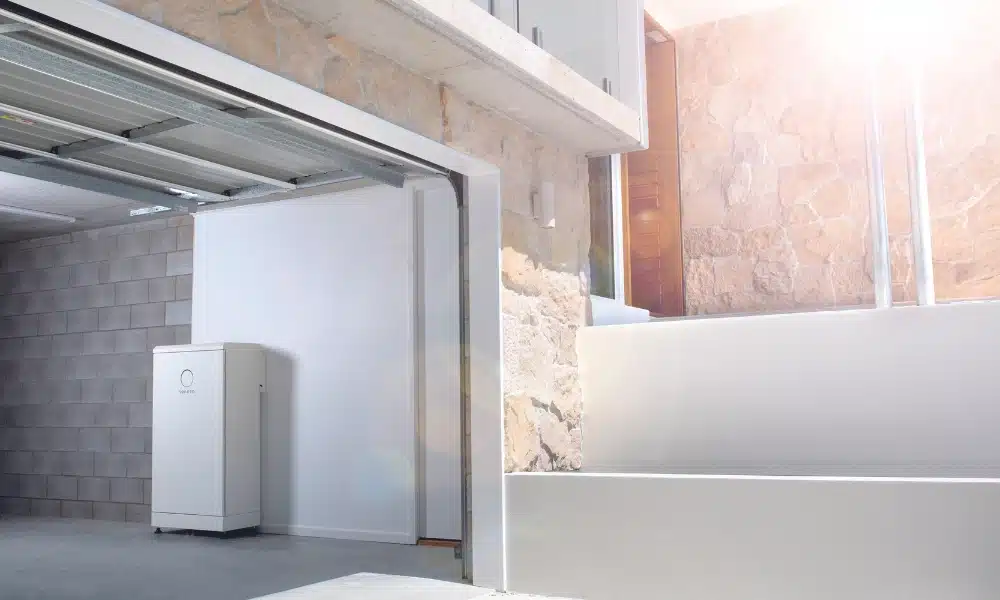
“The current economics favour installing rooftop solar only,” stated Dixon. Shifting the emphasis of subsidies from solar to battery storage would “stimulate demand for battery storage to soak up excess rooftop solar generation and reduce peak demand in the evening”.
From concept to construction: Renewables projects caught in a traffic jam
Australia is not short of ideas, investment, or opportunities. However, projects are flowing slower – and this is largely due to bottlenecks in approvals.
Marija Petkovic from Energy Synapse, an Australian analytics and advisory firm for the energy industry, noted that Australia has hungry investors but is facing challenges with getting projects over the line.
“The challenge is it’s simply taking too long from conception to construction and having these projects be operational,” stated Petkovic. She noted that the approval bottleneck was among the most significant reasons for our transition woes.
Renewable energy generation projects
| Projects completed (Commissioned) | 2017 | 2018 | 2019 | 2020 | 2021 | 2022 | 2023 |
| No. of projects | 11 | 28 | 42 | 36 | 41 | 18 | 6 |
| Investment ($M) | $1590.9 | $3361 | $5775.3 | $4859.3 | $6253.8 | $3434.5 | $1683 |
| MW | 654 | 1614.1 | 2942 | 2884.6 | 3803.5 | 1902.2 | 951 |
Battery storage projects
| Projects completed (Commissioned) | 2017 | 2018 | 2019 | 2020 | 2021 | 2022 | 2023 |
| No. of projects | 1 | 3 | 4 | 2 | 5 | 4 | 6 |
| Investment ($M) | $90 | $128.9 | $71.6 | $131.6 | $373.8 | $86.9 | $780 |
| MW | 100 | 90 | 155 | 163 | 432 | 69 | 597 |
| MWh | 129 | 115 | 185 | 198 | 693 | 101 | 723 |
LGCs and STCs to end in 2030, value declining for STCs
The Large-scale Renewable Energy Target (LRET) and the Small-scale Renewable Energy Scheme (SRES) will end in 2030 in line with the Renewable Energy Target (RET). Small-scale Technology Certificates (STCs) will decline in value until 2030, when no STCs will no longer be available. Large-scale Generation Certificates (LGCs) will cease to be generated from 2030. As the value of STCs declines, the cost of solar systems, batteries, hot water systems, and other renewable eligible for the certificates for residential premises, will increase.
Some states are steaming ahead with solar installations, thanks to the generous state incentives available to subsidise the cost of a system. However, as system prices increase due to STCs reducing in value, it can be expected that fewer systems will be purchased and installed. The purpose of the scheme was to entice Australians to invest in solar and other renewable energy technologies. While uptake has been world-leading, with more than one in four homes having rooftop solar, there are still many homes that are yet to adopt solar. Victoria, New South Wales, and the Australian Capital Territory are the only states with attractive incentives beyond STCs. What might motivate the three in four Aussies who have yet to install solar to do so if prices are going up?
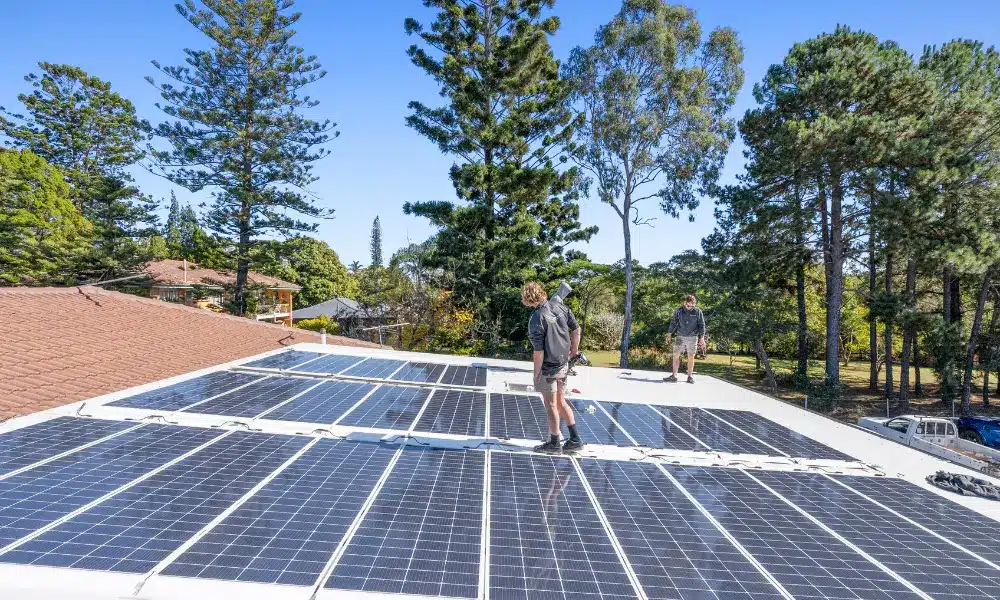
The incentive for large-scale investment beyond 2030 is also in question. Commercial and industrial systems (100kW plus) presently attract 1 x LGC per MW of electricity generated. The present spot value of one LGC, as of October 2023, is approximately $43.50.
The impact of the decline and removal of the RET will need to be considered for Australia’s long-term renewable energy trajectory. All states and territories should be considering subsidies, grants, and incentives to encourage new uptake and move Aussies away from fossil fuels.
Can Australia meet the 2030 target?
Energy Matters is confident that Australia has the resources and willpower to get us over the line, though the current trajectory is not encouraging. That being said, we are making inroads and the mindset of major political and industry players has been shifting in the right direction. Every day Aussies are choosing to take the issue of climate into their own hands with an overwhelming move to rooftop solar and an encouraging uptake of battery storage. This movement has seen rooftop solar account for over a quarter of Australia’s total renewable energy generation – which is astonishing!
We strongly encourage Australians, as well as businesses, to take control of their electricity usage. Go solar if you haven’t already. Consider battery storage, heat pump hot water, electric vehicles, and moving away from fossil fuels where you can. With the diminishing value of STCs, now is the time to make the switch!
Energy Matters can help you on this journey with FREE quotes for solar panels, battery storage systems, hot water systems, EV chargers, and much more. Take control of your energy future!
[1] Clean Energy Council: Australia’s big clean energy build hits record highs: Clean Energy Australia report [2] Department of Climate Change, Energy, the Environment and Water: Renewables [3] ABC: Australia will fall well short of 82 per cent renewable energy by 2030











